
Over recent years, Clinic Gen Next has seen an increase in the number of patients who seek treatment following poorly executed hair transplants from other clinics. With the increase in clinics offering hair transplant procedures and little regulation in the industry the quality of hair transplants can vary greatly. For many patients a hair transplant is a positive and life changing experience. However, for some the results from these clinics can be disappointing and can result in disfigurement and obvious scarring.
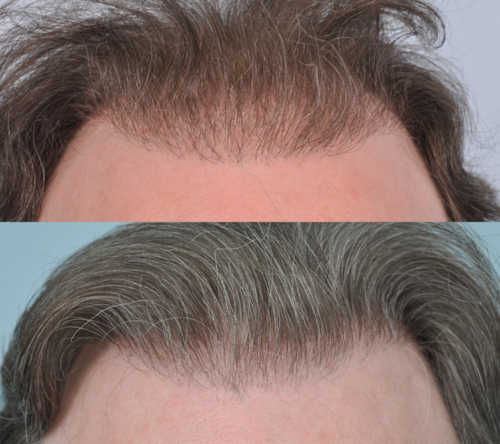
The team at Clinic Gen Next are highly skilled in repairing the results of bad hair transplants from other clinics. When looking to repair a transplant you are unhappy with it is especially important to have trust in the team treating you. It is important that your precious donor hair is wisely used and a lifetime plan is prepared to ensure the best use of this finite resource.
Clinic Gen.Next , beneath the steering of Dr. Kunal Singh, is India’s leading hair transplant repair clinic. With quite 1500 repair transplants, we tend to area unit giving new hopes to the victims of dangerous hair transplant.
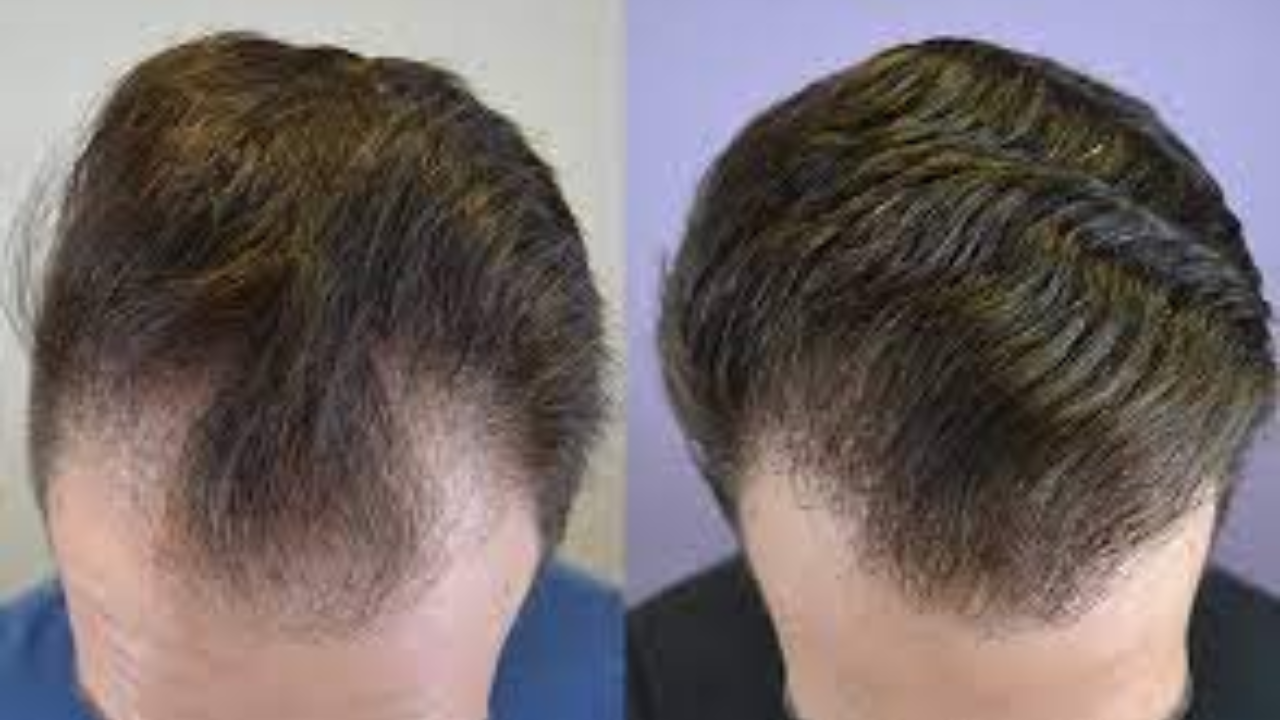


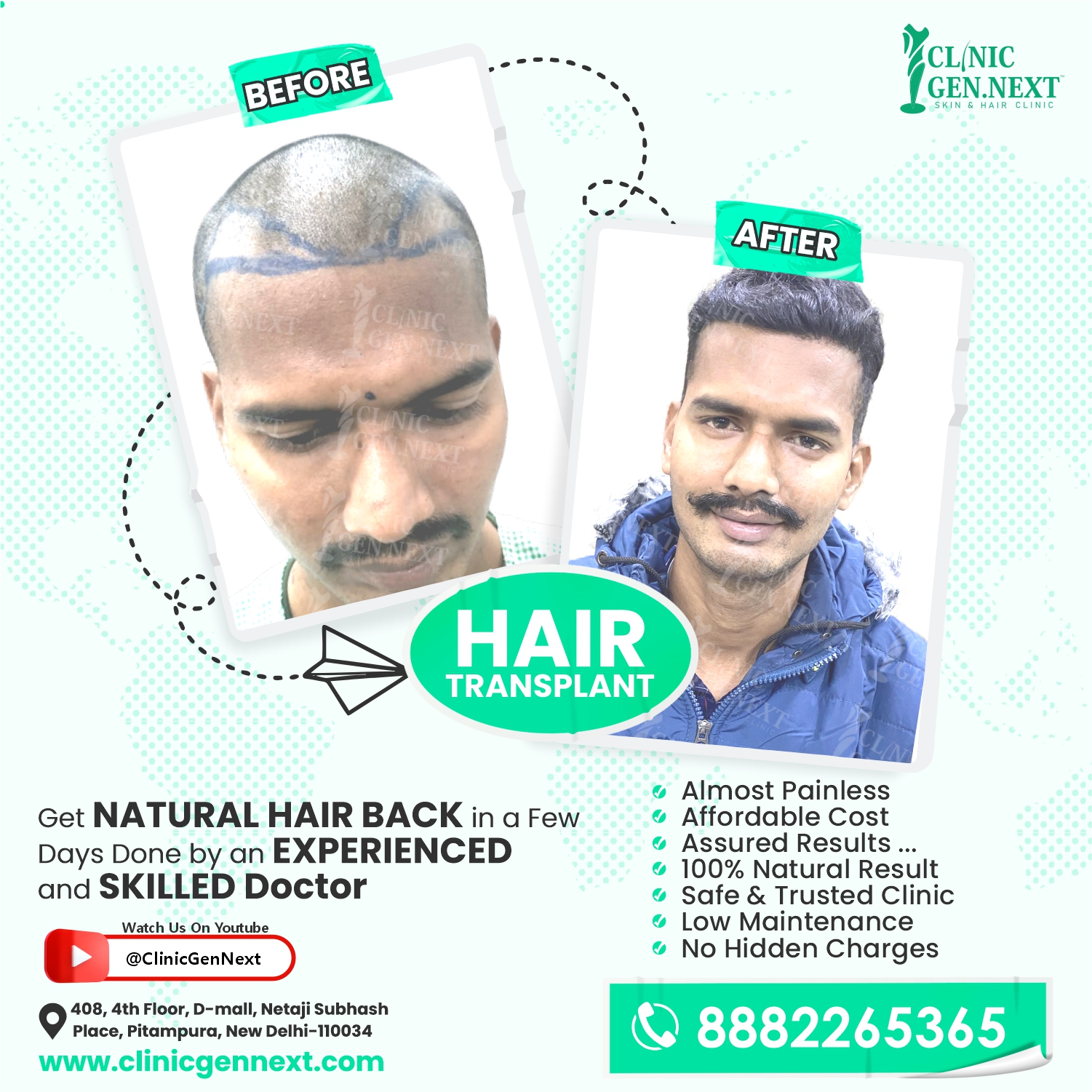













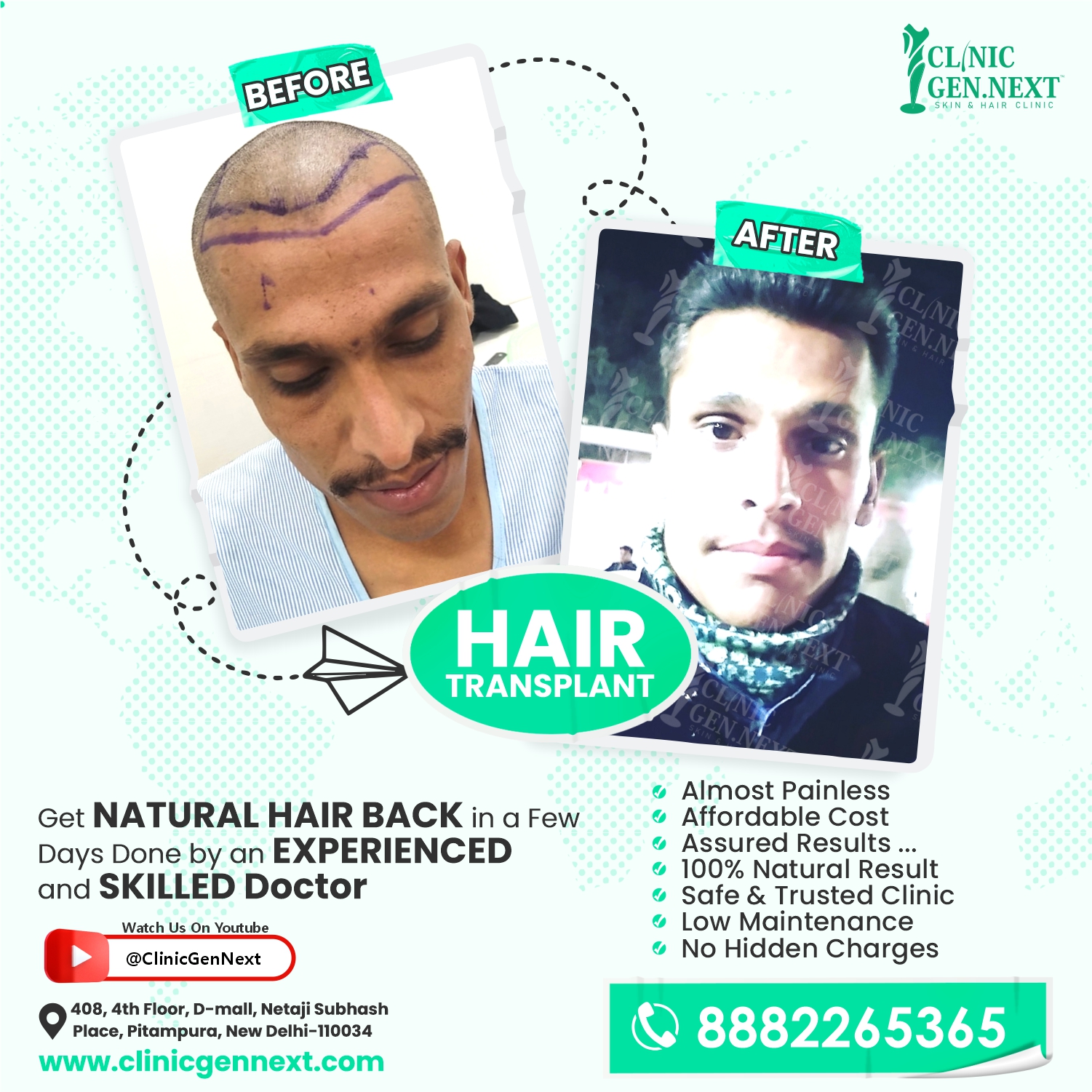

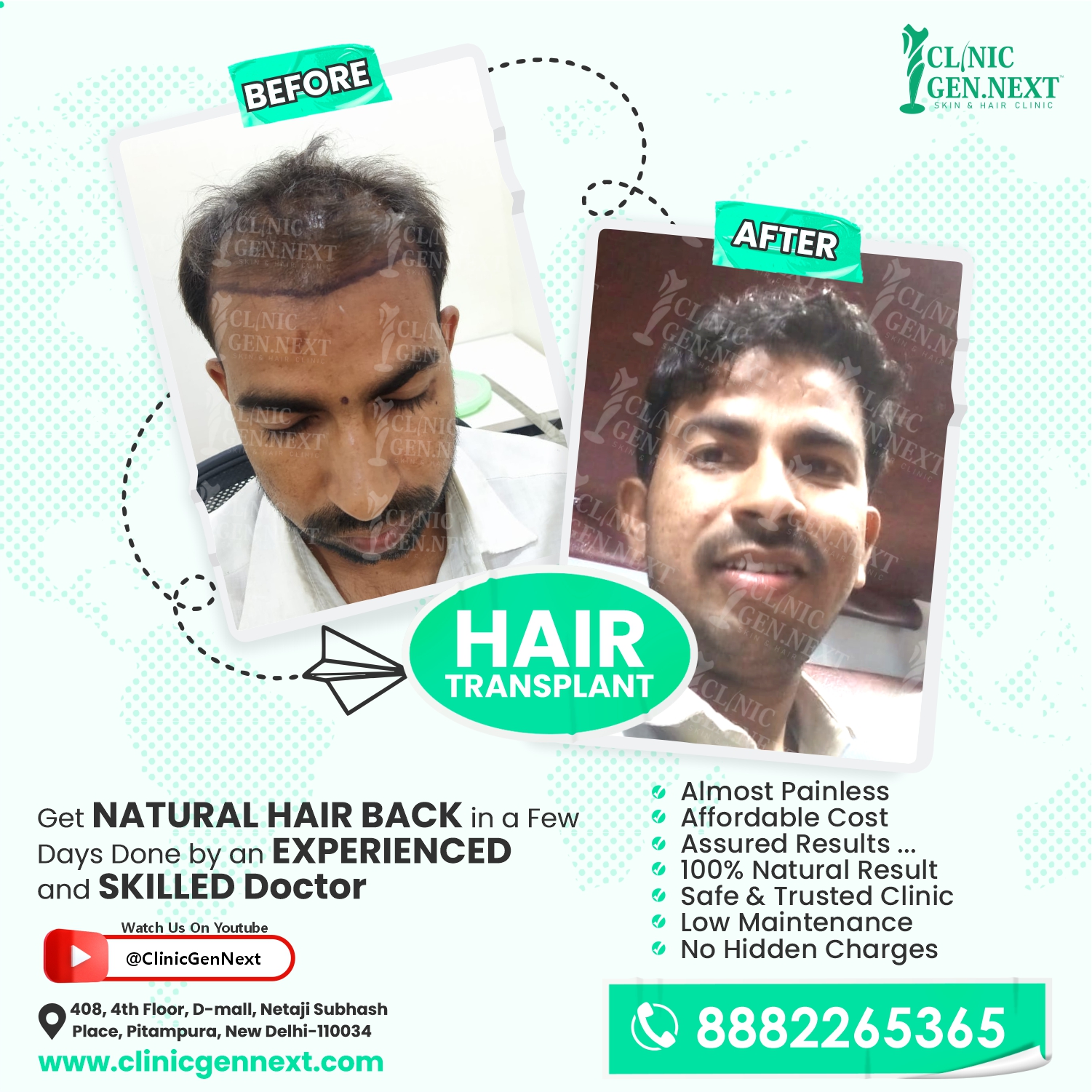












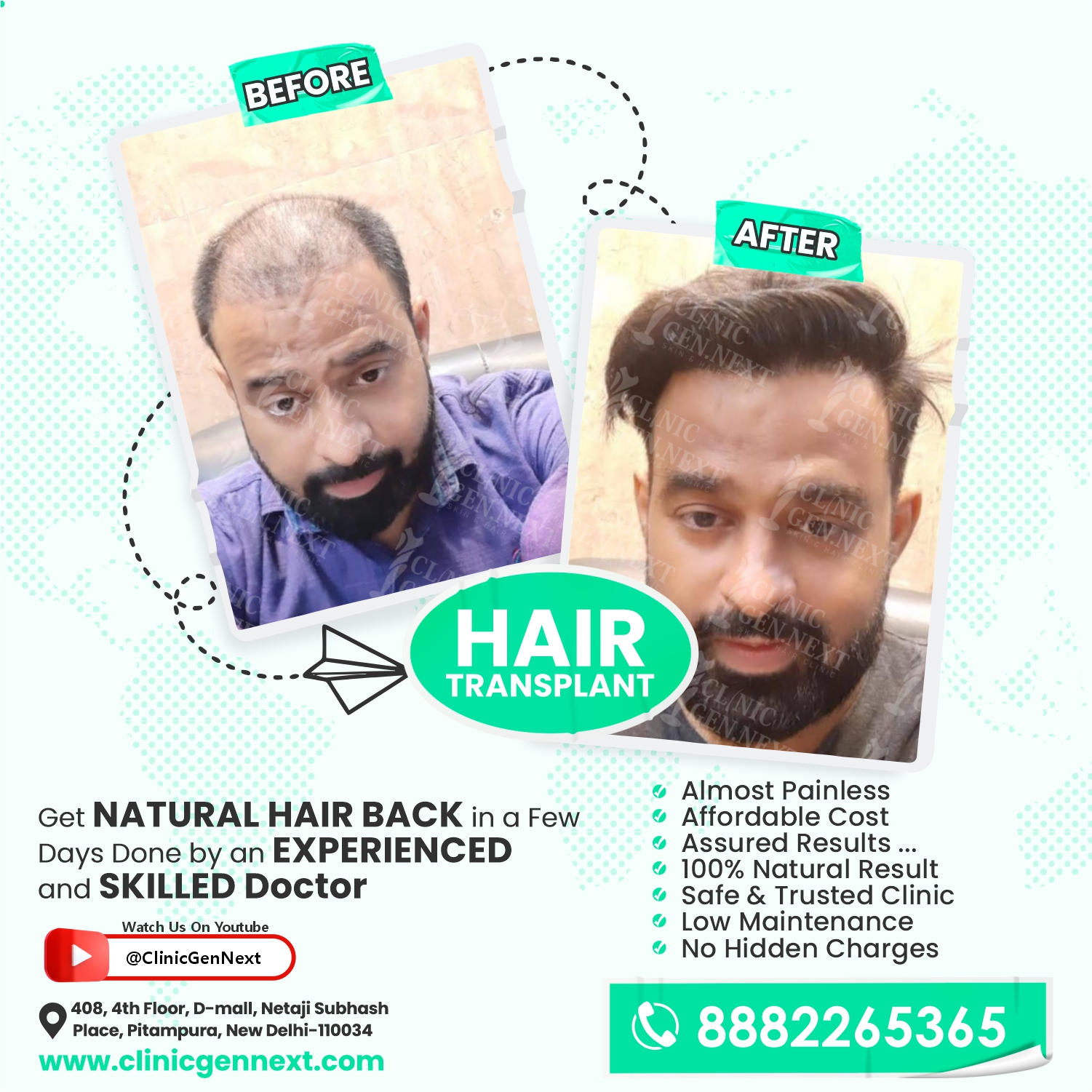


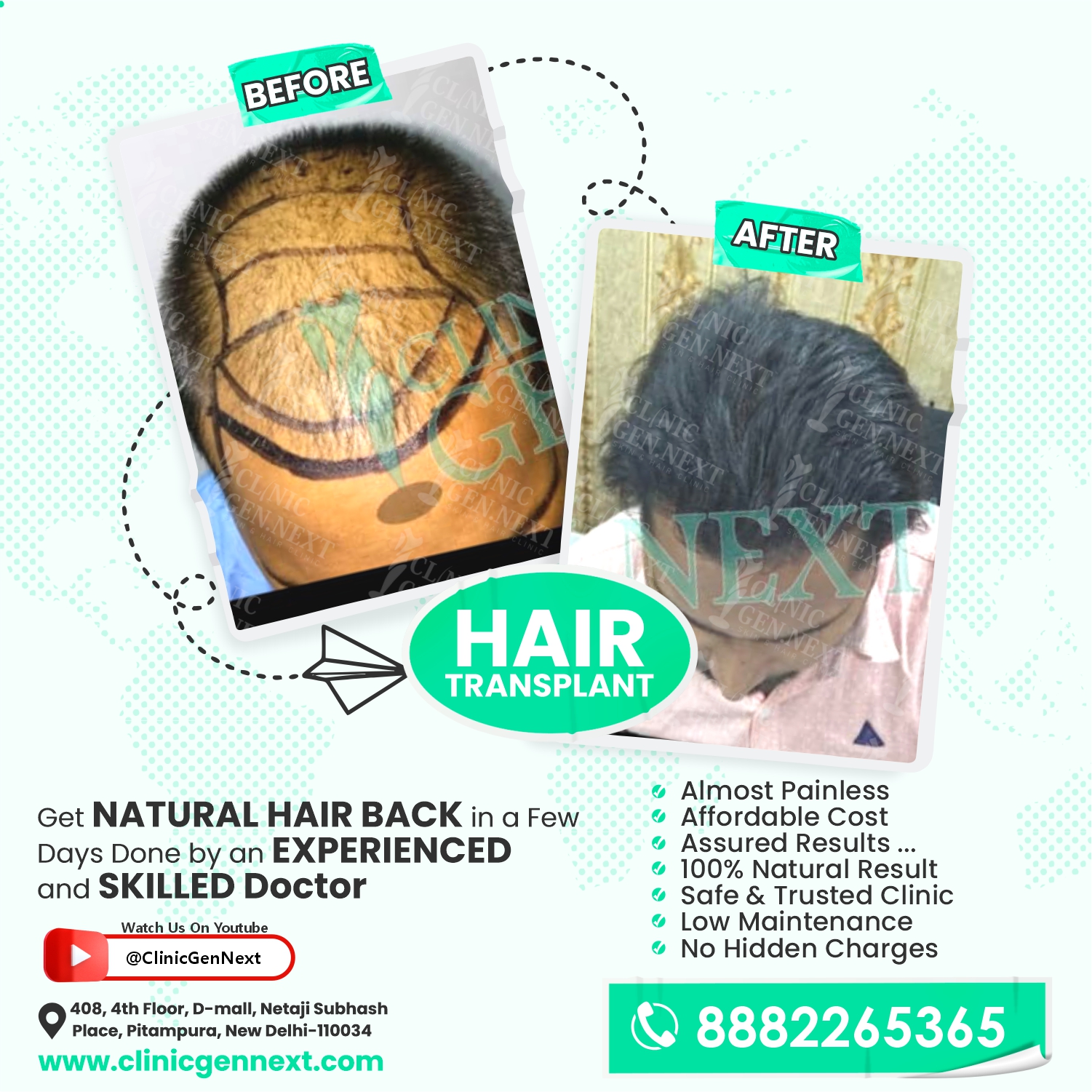



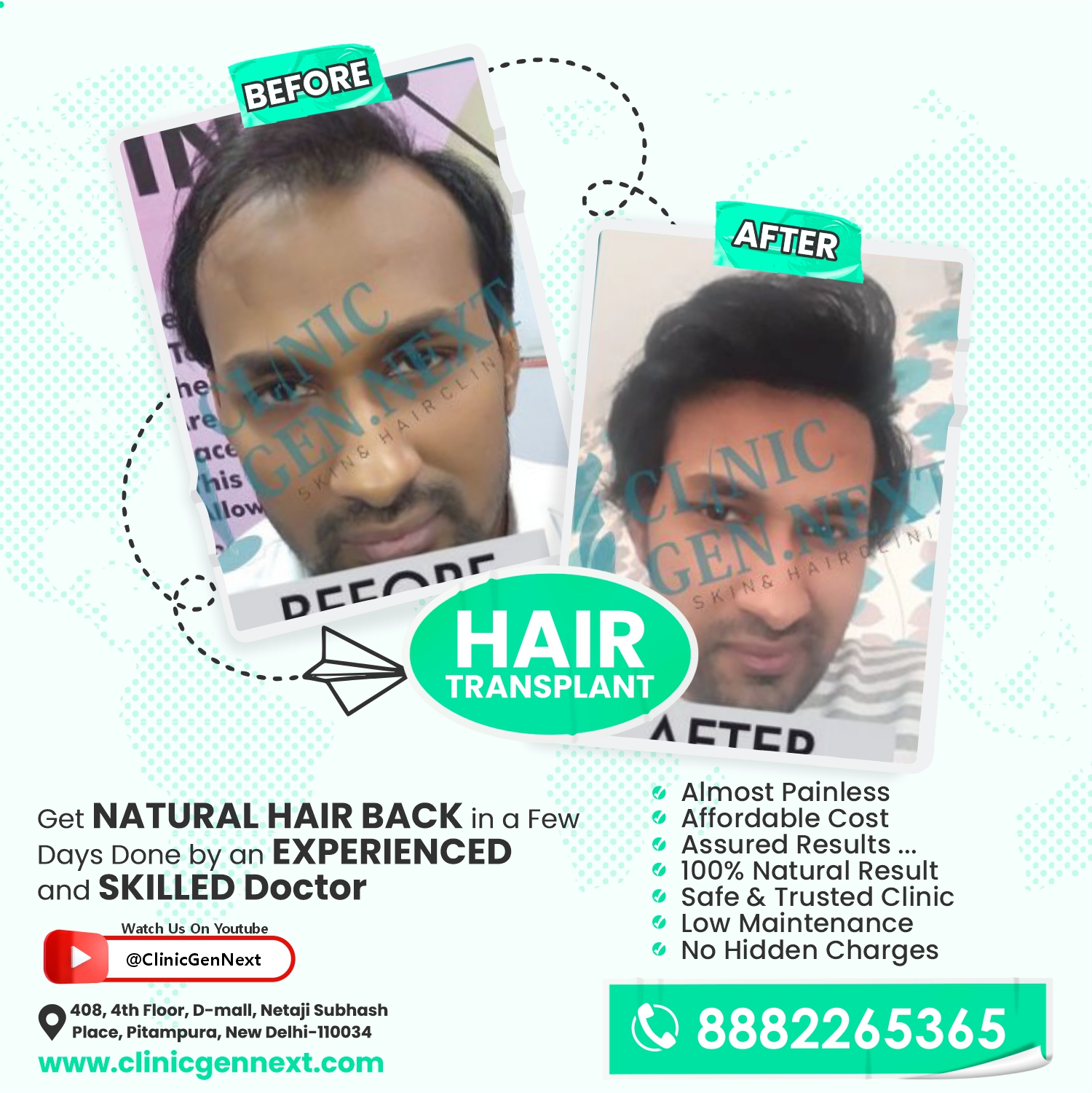
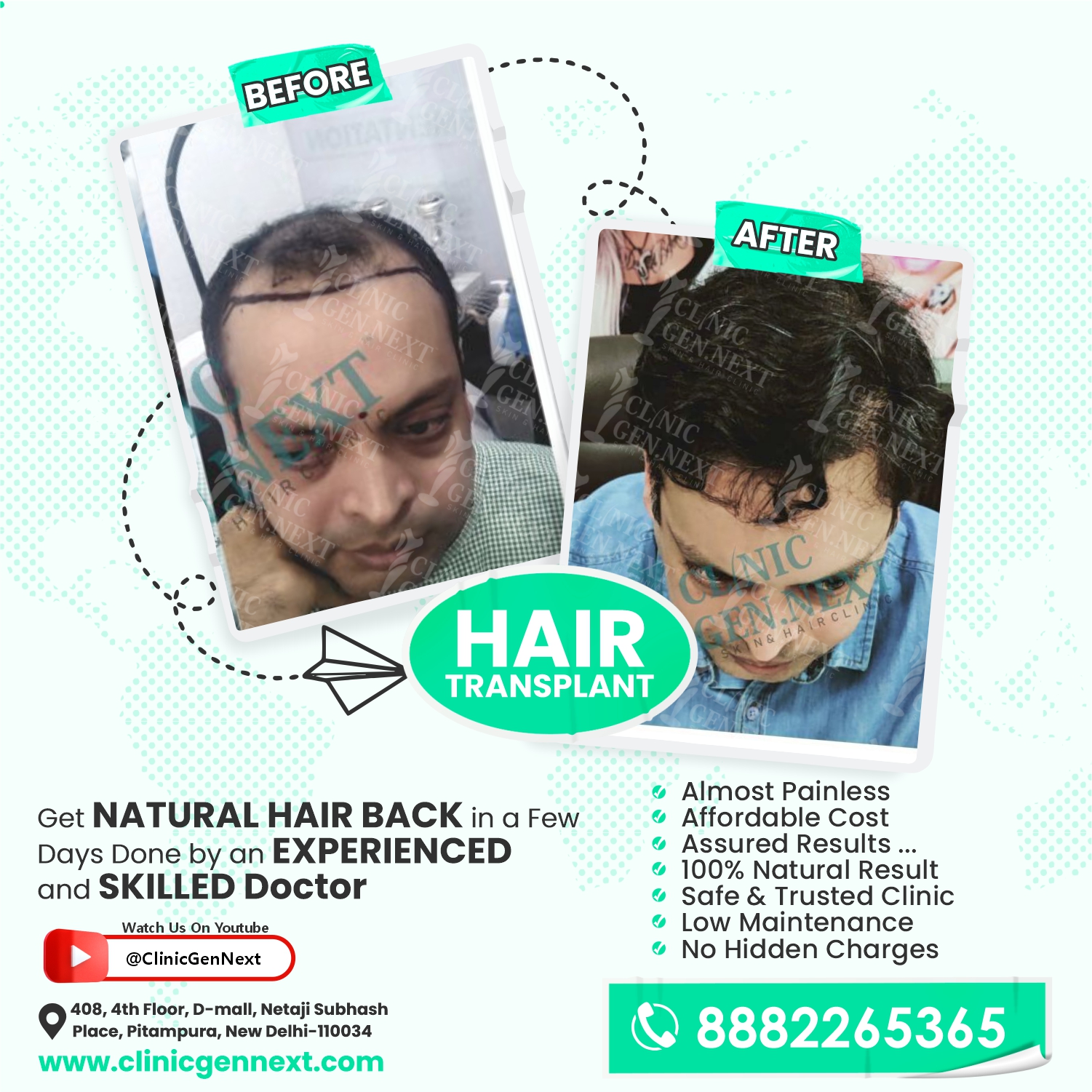

Can a failed hair transplant be fixed?
Yes, in many cases, a failed or unsatisfactory hair transplant can be repaired. The key is to consult with an experienced hair transplant specialist who can assess the issues and create a customized plan for correction.
What are common issues that may require hair transplant repair?
Common issues include uneven graft placement, unnatural hairline design, poor density, visible scarring, graft survival problems, and dissatisfaction with the overall aesthetic outcome.
How long do I have to wait before considering a repair procedure?
The timing for a repair procedure can vary depending on individual circumstances. It's advisable to wait until the initial transplant has fully healed, typically several months, before considering corrective measures.
What techniques are used to repair a hair transplant?
Repair techniques may include corrective FUE or FUT procedures, graft redistribution, scar revision, camouflage techniques, growth-stimulating therapies, and the revision of previous work to address specific issues.